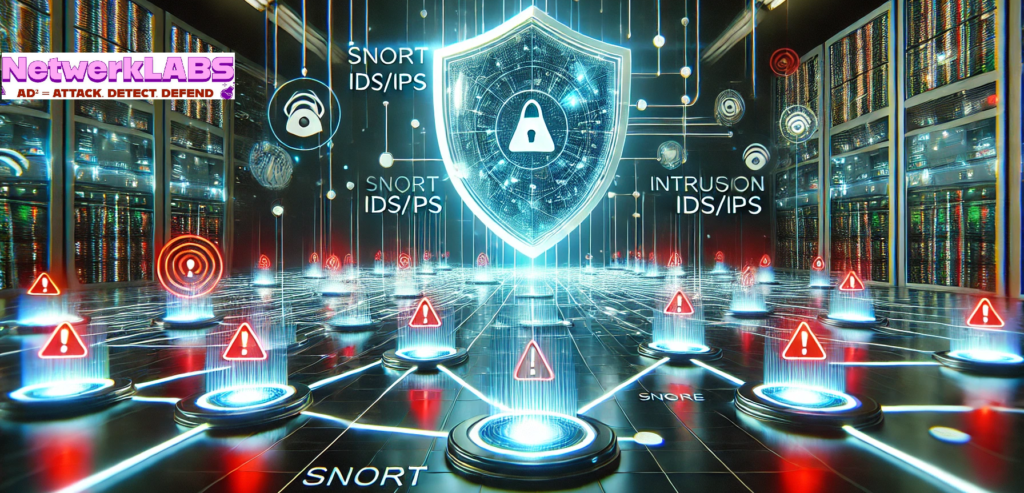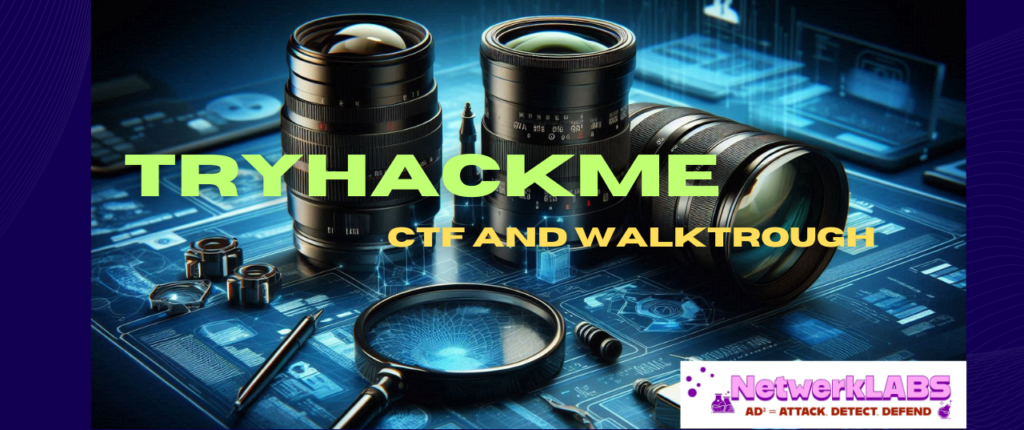Posted inSOC Analyst BLUE TEAM Vulnerability Scanning
Vulnerability Management: FARADAY
Faraday: Open Source Vulnerability Manager Faraday is a powerful open-source vulnerability management platform designed to help cybersecurity teams streamline their pentesting, vulnerability assessment, and remediation processes. Built with a collaborative…










